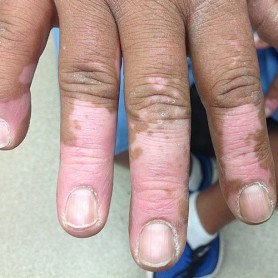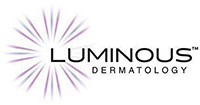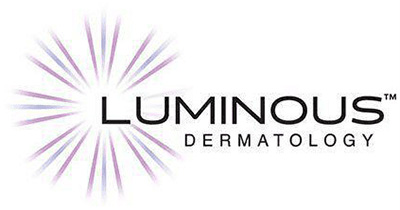About Dermal Fillers
What are they?
Dermal fillers are substances injected just below the skin to help restore a more youthful appearance. A natural substance like hyaluronic acid is the main ingredient in most dermal fillers because it easily synthesizes with your skin and body. Hyaluronic acid binds to the body’s natural moisture reserves for a natural-looking improvement to your appearance.
What to expect
Our practice is happy to provide both the Juvéderm and Restylane line of dermal fillers. The Juvéderm line includes Juvéderm XC (to reduce lines around your nose and mouth), Vollure XC (to minimize deep nasolabial lines), Volbella XC (to improve fine lip lines), and Voluma XC (to enhance and volumize cheeks). Meanwhile, Restylane is used to soften nasolabial folds and lip lines, while Restylane Defyne treats sturdy support deep facial lines and Restylane Refyne treats of moderate facial lines and creases. Regardless of the dermal filler used, the treatment is quick, pain-free, and results in no downtime.
After the procedure
Depending on your specific treatment area, dermal fillers can provide you with the following benefits: diminished frown lines between the eyes, reduced smile lines around the nose and mouth, enhanced shallow lines around the lips, plump lips, volumized cheeks, and a reduction of wrinkles and facial creases. Overall, your skin becomes firmer and more resilient because the fillers help stimulate the production of collagen and elastin, important elements in your skin that help you look youthful.



